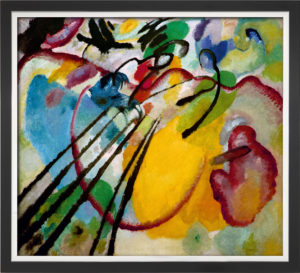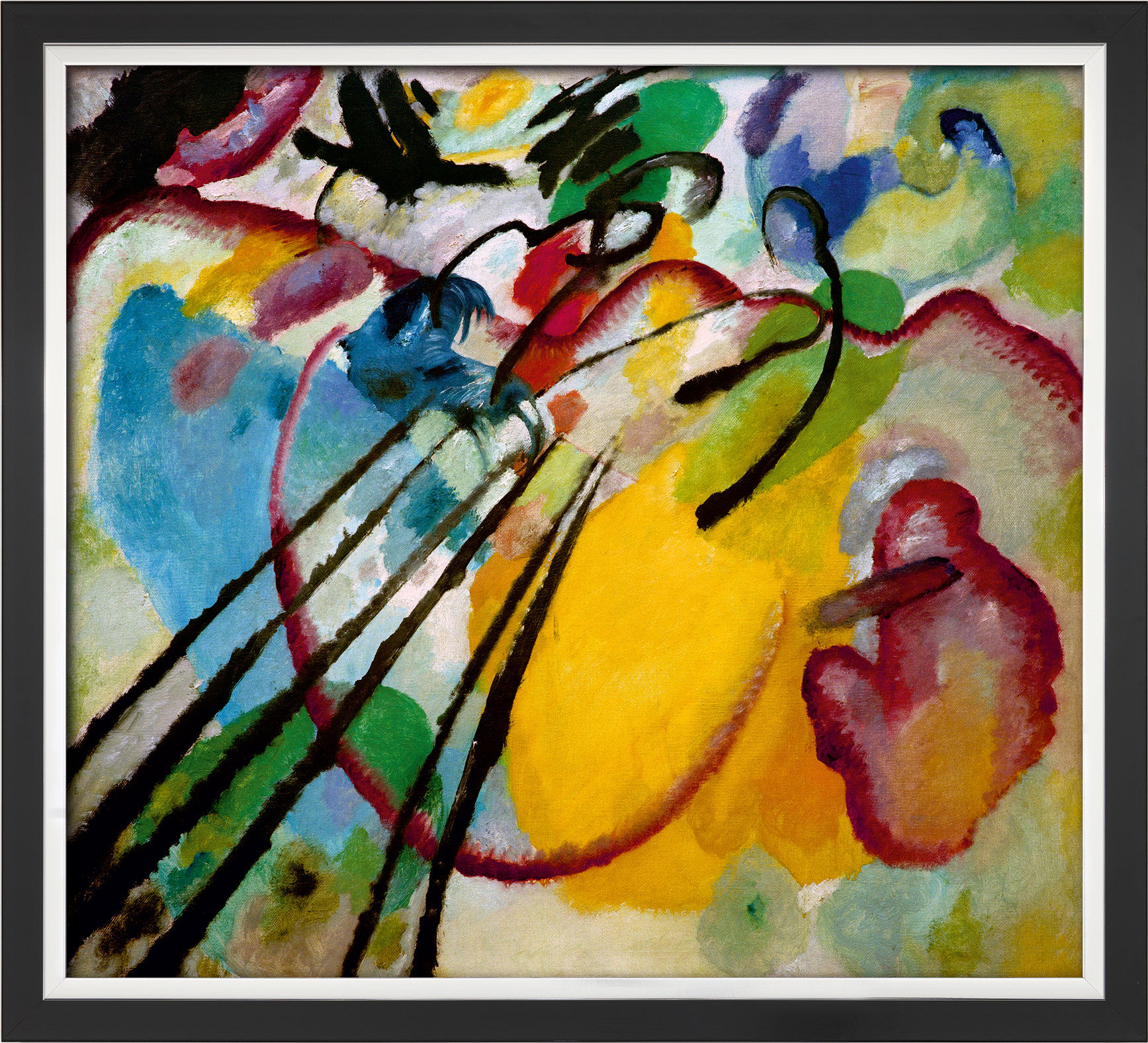
Thanks to the Violin Channel for asking me to write about interdisciplinary arts and my lifelong interest in them!
The page is here and the text is also below:
In first grade, my class was asked to make human figures from colored paper to illustrate what we wanted to do when we grew up.
Enthusiastically, I made three figures and called them a violinist, a writer, and a poet.
I remember drawing and cutting out the figures and outfitting them with clothes and violin and bow, paper and pens.
I had recently begun playing violin and had just written my first short story.
I grew up in a house filled with music and my own life has been centered around music since my pre-teens.
Music is the most mysterious of the arts, sound being invisible yet highly physical, its emotional impact obvious yet its meaning hugely subjective.
Music is made of materials and tools – sounds, rhythms, time, silence, volume – which together communicate and move us in ways we can never totally define.
Since childhood, I’ve kept up writing of various sorts and always been immersed in all the arts, taking in performances, movies, books, visual art, and learning about the artists.
In recent years, I’ve had opportunities to collaborate with a number of wonderful choreographers/dancers, poets/speakers, and visual artists. In my experiences collaborating with, or creating in, different genres, I’ve found it thrilling to combine the bodily senses and steer the imagination to less familiar pathways.
Sometimes artists in other genres work in ways that go on tangents or are more circuitous than I’m used to, and that can be stimulating.
I think what has most intrigued me and affected my work is how blended the art forms actually are.
When we think of putting art forms together, we of course think of opera, or dancing to music, or film with music.
Or we think of musical compositions specifically inspired by another artwork, say a painting or poem.
Besides the ways in which the genres can enhance or inspire each other, I’ve been fascinated exploring the aspects they share.
For instance, playing music involves physical qualities of dance: in the movements we make in response to the music, in playing our instruments and in performing or communicating with others.
Dance is related to acting, in the embodiment of motivations, desires, the gamut of emotions.
Both acting and dance involve a musical kind of phrasing, of timing and inflections.
In music, a performer takes on roles like an actor: I often think of the composer as the playwright whose personality permeates the work, and the composition as the various characters, and maybe narrative, in the play.
Musical composition also can be analogous to ideas in visual art: the use of space/time, repetition, perspective, and so on.
When I study a piece of composed music, I sometimes visualize it as a painting or sculpture, and when I write about music, I go back and forth between the verbal and musical, grappling with the specificities and ambiguities in either genre.
When I’m playing music, sometimes I think of myself an actor or dancer to connect more deeply with the humanity expressed in the sounds.
